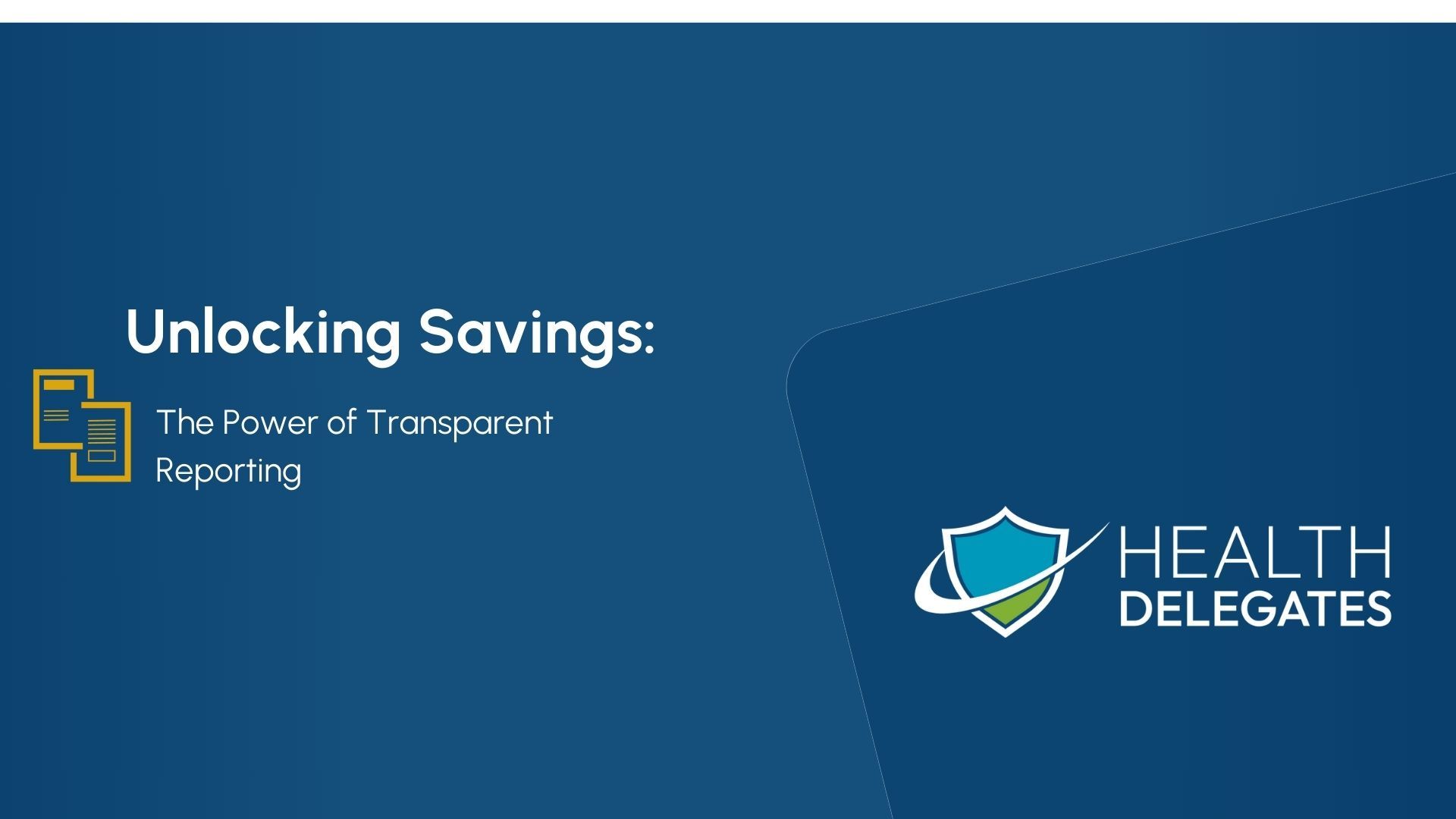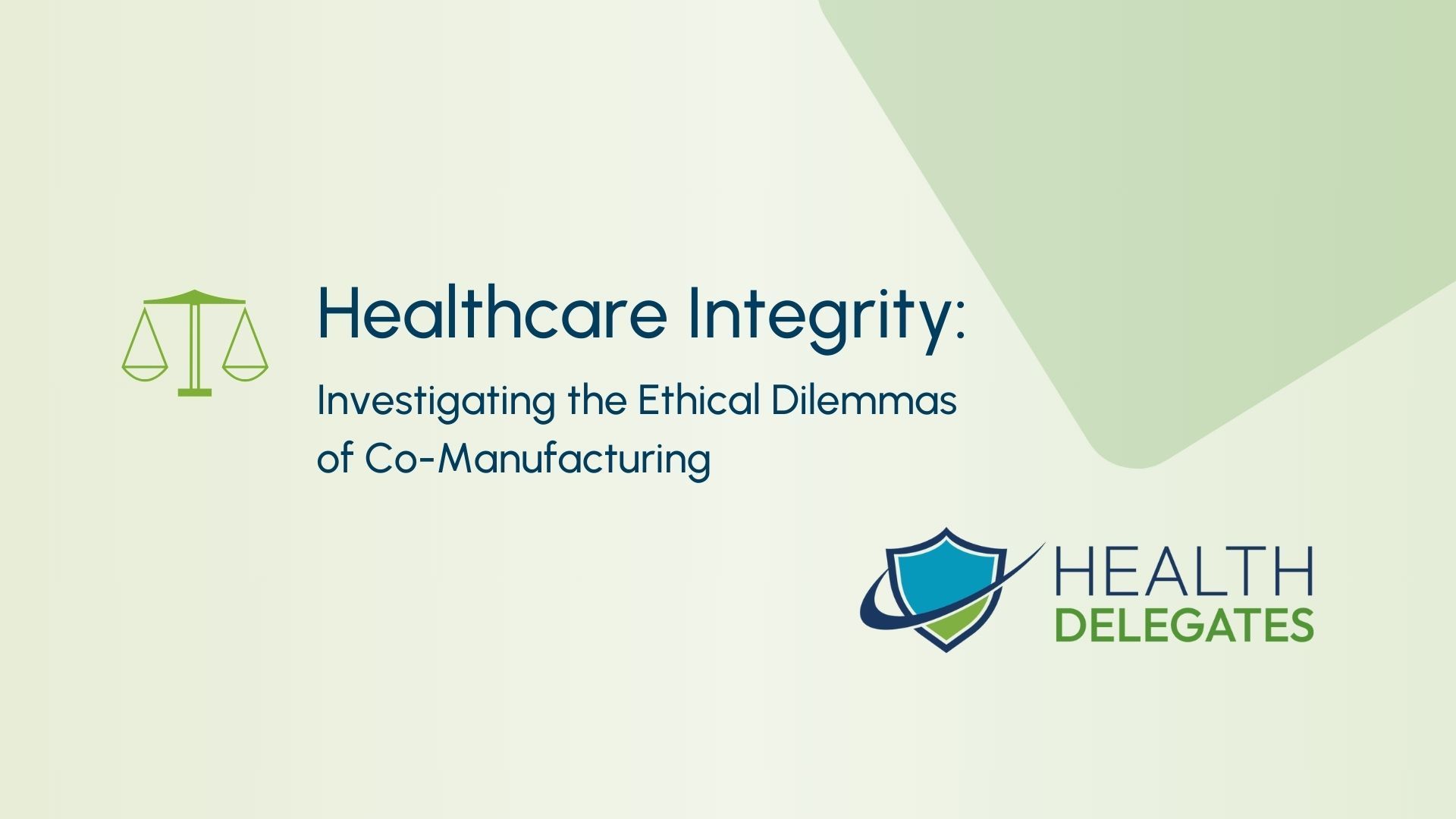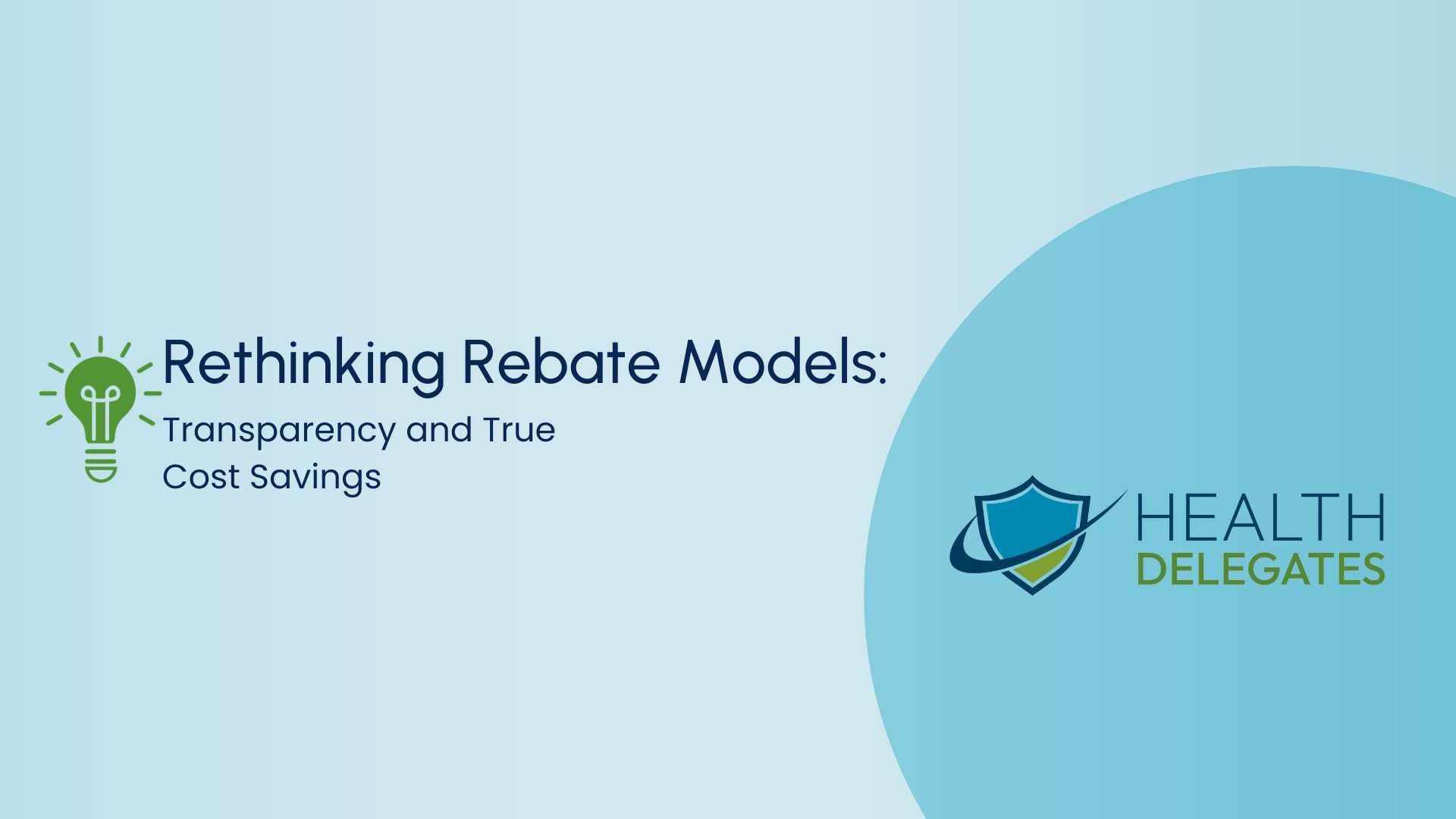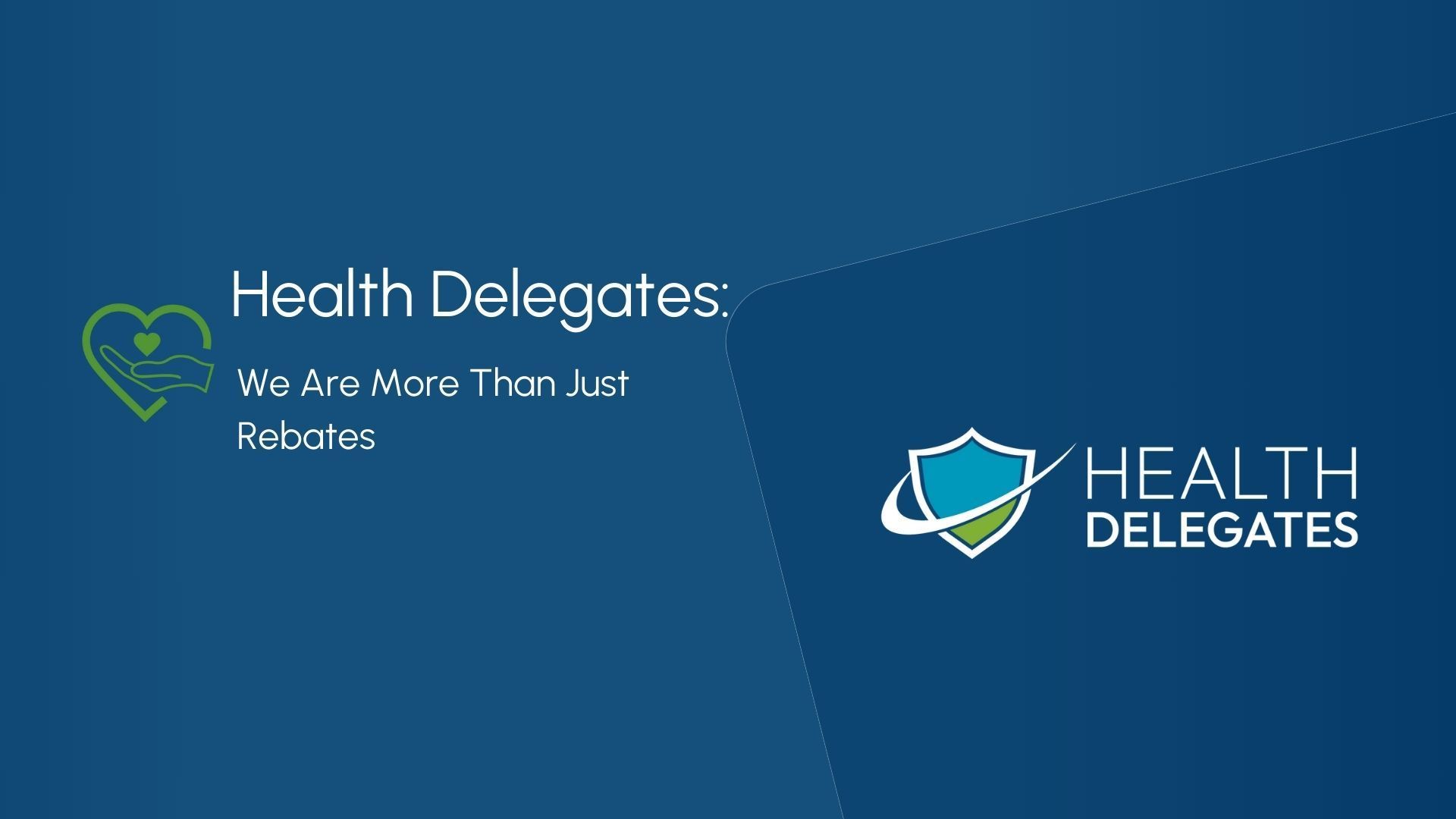Unveiling the Hidden Costs of International Drug Sourcing
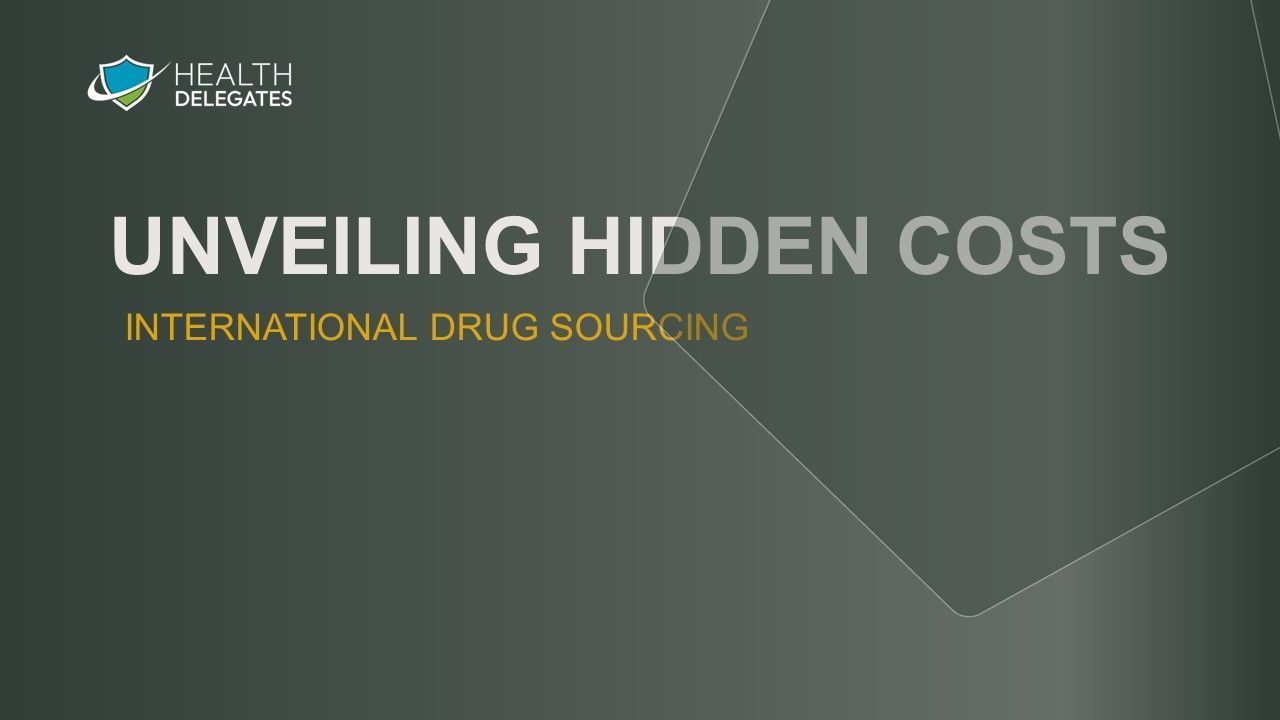
In the complex world of prescription drug management, Pharmacy Benefit Managers (PBMs) and payers are constantly seeking pathways to reduce costs and improve access to medications for their members. International drug sourcing has emerged as a promising avenue, potentially offering significant savings on expensive brand-name medications. However, this strategy also brings to light the intricate balance between immediate cost savings and the longer-term financial implications and other access issues. This blog explores the nuanced landscape of international sourcing and its true cost.
The Appeal of International Sourcing
International sourcing of medications, often seen as a cost-saving measure, allows PBMs and payers to procure drugs at a fraction of the domestic price. Countries like Canada and certain European nations have been popular sources due to their lower drug prices, which can be attributed to government price controls and negotiation policies that are absent in the U.S. market. This approach promises immediate financial relief by reducing the direct cost of brand-name medications, which are a significant expenditure for many health plans.
International Sourcing conundrums
As time has passed more payers have moved to use international sourcing. This has brought about unforeseen challenges in areas not necessarily contemplated when first implemented. Payers have begun to experience shortages in products that they were driving to international sourcing. This has lead to some of the volume moving stateside and thus increased costs associated with the products which have experienced these shortages. Payers have also begun to experience increases in pricing from their international sourcing vendors. The increased prices are a direct result of the increased volume driven through the vendors. Additionally, Canada and other European countries have started to notice supply issues for their citizens due to sourcing those drugs to payers in the United States. This has started the conversation of what is the volume that can be sent out of their country and do they want to continue to allow this as it may impact their own healthcare system. Clinically it can often be difficult to to work through issues with strengths, incorrect drugs, different drug names and more when sourcing from another country. This can potentially lead to clinical issues of subpar clinical treatment.
The Rebate Conundrum
While the upfront cost savings from international sourcing can be attractive, they come with a hidden trade-off: the potential loss of pharmacy rebates. Rebates have become a cornerstone of the current PBM and payer ecosystem, serving as a key negotiating tool with pharmaceutical manufacturers. These rebates, which can amount to a significant portion of a drug's list price, are often used by PBMs and payers to offset other costs or pass on to downstream plans, thereby reducing premiums and out-of-pocket expenses for members. The shift towards international sourcing could lead to a decrease in rebate income, impacting the overall financial health of health plans and potentially leading to increased costs elsewhere.
Evaluating the True Cost
The decision to pursue international sourcing must be informed by a comprehensive understanding of its financial implications. Beyond the immediate savings, PBMs and payers need to consider the potential financial implications which include a myriad of factors based on their international source and reduction in rebate income, which has been a critical component of their revenue and cost management strategies. This evaluation must also take into account the administrative costs associated with setting up and managing international sourcing programs, which can erode some of the expected savings. Finally it's important to look at the overall net cost of these products to ensure that decisions are being appropriately made for products. While low net cost decisions are critical to the decision it's also imperative to ensure that the clinical merits of the decision are considered as outlined above.
The Need for Strategic Balance
For PBMs and payers, finding the right balance between leveraging international sourcing for cost savings and maintaining the benefits of pharmacy rebates is crucial. This may involve selective international sourcing that targets only specific high-cost medications for which the net savings are clearly beneficial. It also calls for a strategic approach to rebate negotiations, ensuring that the value captured through rebates or other strategic formulary and coverage decisions continues to support the financial sustainability of health plans.
Reimaging Rebates
The exploration into international drug sourcing reveals a complex interplay between immediate cost savings and the broader financial implications for PBMs and payers. As the industry continues to evolve, it's imperative for these stakeholders to carefully assess the true cost of such sourcing strategies, considering both the potential savings and the impact on a payers financial outlook. We encourage PBMs and payers to delve deeper into this analysis and engage with
Health Delegates to review their current strategies, ensuring they maximize the value for their members while maintaining financial health. The path forward requires a nuanced understanding of the costs and benefits, aiming for a healthcare model that is both cost-effective and sustainable.
Subscribe for Exclusive Industry Insights
Contact Us
